MTH Electric Trains’ Tinplate Traditions monorail is a wonderfully clunky-looking throwback to the future, as seen by the past. Based on a Depression-era monorail set offered by the Leland-Detroit Co., this rugged toy comes with a new can-style motor and ProtoSound 2.0 to keep up with modern trends.
Out of the box
This outfit may have more “boxes within a box” than I’ve ever encountered. Opening it was sort of like Christmas in June. The cars are packaged individually, as are the rails, vertical support arms, and the heavy track bases.
All of this has a wonderfully old-timey appearance. The cars are stamped steel, and the support arms and bases are all sturdy metal. The cars themselves are fairly light, although the motorized unit has a large motor positioned above the car in a black plastic housing and – of course – a heavy metal counterweight on the outward side to keep the powered car list-free.
Each car is approximately 8 inches long and 2 inches tall; when connected, the three-car set is 26 inches long.
From the benchwork to the top of the rail, it measures 10½ inches. The bottom of the car is roughly 7 inches above the deck.
Paint application was good. It would have been nice if the tooling of the heavy metal supporting piers had been cleaned up – it appears to exactly mirror the rough-finish of the original.
The “elevated” two-rail system
I expected to have problems erecting the track system, but setup was a breeze. You connect two sections, slide the arm into position, rest the arm in the base, and you’re done. It’s impossible to connect them incorrectly.
The track mates with a standard male-prong, female-receptacle system.
Once two sections of rail are connected, you slip the hooks on the metal-support poles into the holes.
Once you make this connection on the side of the rails that are on the inside of the loop, you’ll have a sort of “T” shape.
Then insert the bottom of the metal pole into the appropriately heavy metal base. Move on to the next section, and repeat the process. When you’re done building the loop, attach the track power. You’ll want to be sure the wires you feed to the lockon don’t hang too loosely or too close to the outside of the track – the motor unit’s counterweight might snag them.
Next, attach the cars to the overhead rails. At first glance, this method appears complex, but after you get started it’s a breeze.
Place the upper wheels on the top of the upper rail, and then press the lower wheel down (it’s sprung). When you let it go, the wheel will pop up, with its top snug against the bottom of the lower rail. It can move freely along the rail.
Snap the latch into place to hold it together, and the cars are mounted. Before hitting the juice, insert the silver metal “coupler arms” on the roof. Then you’re ready to rock and roll!
Installing this track system on an existing layout will require some planning. You’ll need to consider the large footprint of the metal base and the clearance needed for the hanging cars. But incorporating this rig into your city scene will add a level of activity as exciting as an elevated railroad line – and a bit more realism than an elevated, circular freight track.
Exclusive to subscribers, check out a video of the MTH O gauge monorail in action.
On the test track
The Leland-Detroit looks unlike any people-mover we’ve ever seen in O, S, or Standard gauge. It’s fun to run, too.
When you crank up the power, the lights illuminate and the sound system emits a motor-startup noise. When the monorail starts to roll, you’ll notice that the actual motor mechanism is noisy, but that is part of the rig’s charm.
The drive wheels on top of the motorized unit are metal, and the segment that contacts the rail is ribbed (like the side of a dime or quarter) for a bit of traction. The lower wheel acts as either a ground or power pickup, depending on how the lockon is wired.
Due to a very slight incline on one end of the table where we set up the oval, we encountered a bit of wheel spinning when either starting from a dead stop or approaching the incling too slowly. Some sort of traction tire would help make the power unit far more sure-footed than it is.
Still, if your benchwork is flat, you shouldn’t have a problem.
Though the cars all have interior illumination, I was a bit surprised there was no forward light. I can understand omitting a reverse light (and eliminating the wiring and board requirement), but a strobe or even a plain old bulb would have added some pizzazz!
It would be neat if MTH considered offering some creative freight rolling stock for the monorail, but that might be a wish too many.
Anyone familiar with some of the sound packages of other MTH transit sets may find the monorail’s sound sequences familiar: a conductor announcing the next stop, crowd noises, and even an automatic coin changer – a neat layer of audio detail.
The sounds for the power unit could have been ramped up a bit. I think the old shaky startup sounds for the Doodlebug or the Galloping Goose would have been particularly effective here. Still, the sounds don’t make or break this outfit – the vintage look and the rig’s operation are the payoff.
Performance statistics for the monorail are pretty academic, but I crunched the numbers anyway and found the low-speed average to be 4.1 scale mph and the high-speed average to be 77.08 scale mph. When running in high speed, the drive wheels spin quite a bit, which causes the DCS controller to read 101 scale mph. So if you go super-duper fast, it seems that you lose traction a bit.
Drawbar pull was 6.3 ounces.
Installing the Leland-Detroit monorail on an existing layout may require some planning, but it would be worth it if you’re looking to add unique action. As it stands now, though, the Leland-Detroit monorail offers both fun and a little insight into the future as seen by the past. I’m glad this model has been resurrected.
Price: $699.95 (10-1233-1)
Features: Can-style motor, tinplate construction, die-cast-metal support arms and arm bases, ProtoSound 2.0
Pros: Nothing like it on the market, way cool retro appearance
Cons: A traction tire could better accommodate slight grades
Made in the People’s Republic of China for MTH Electric Trains





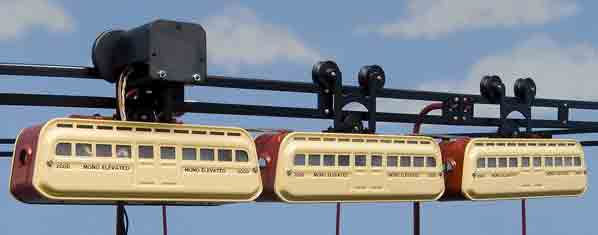

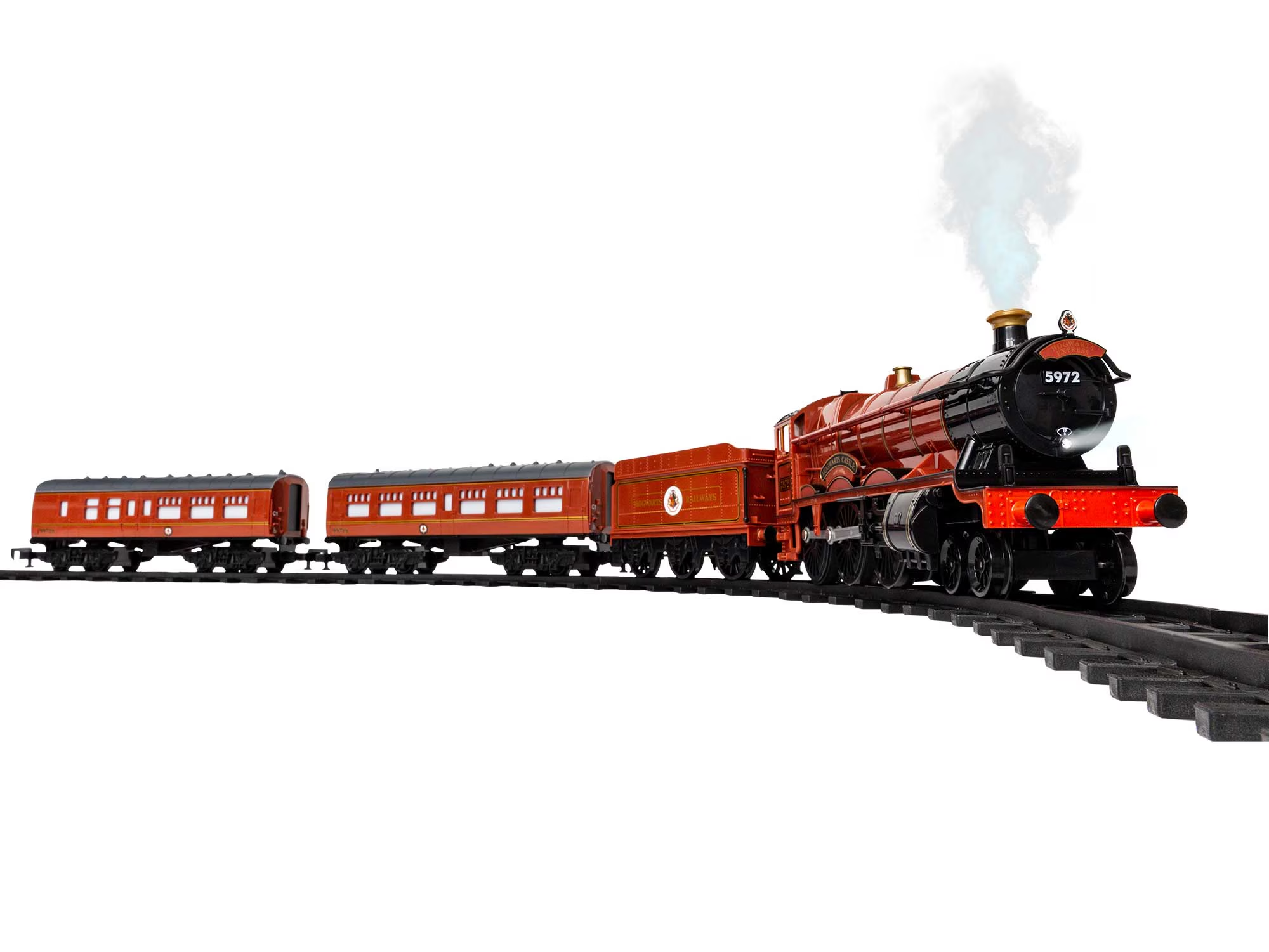
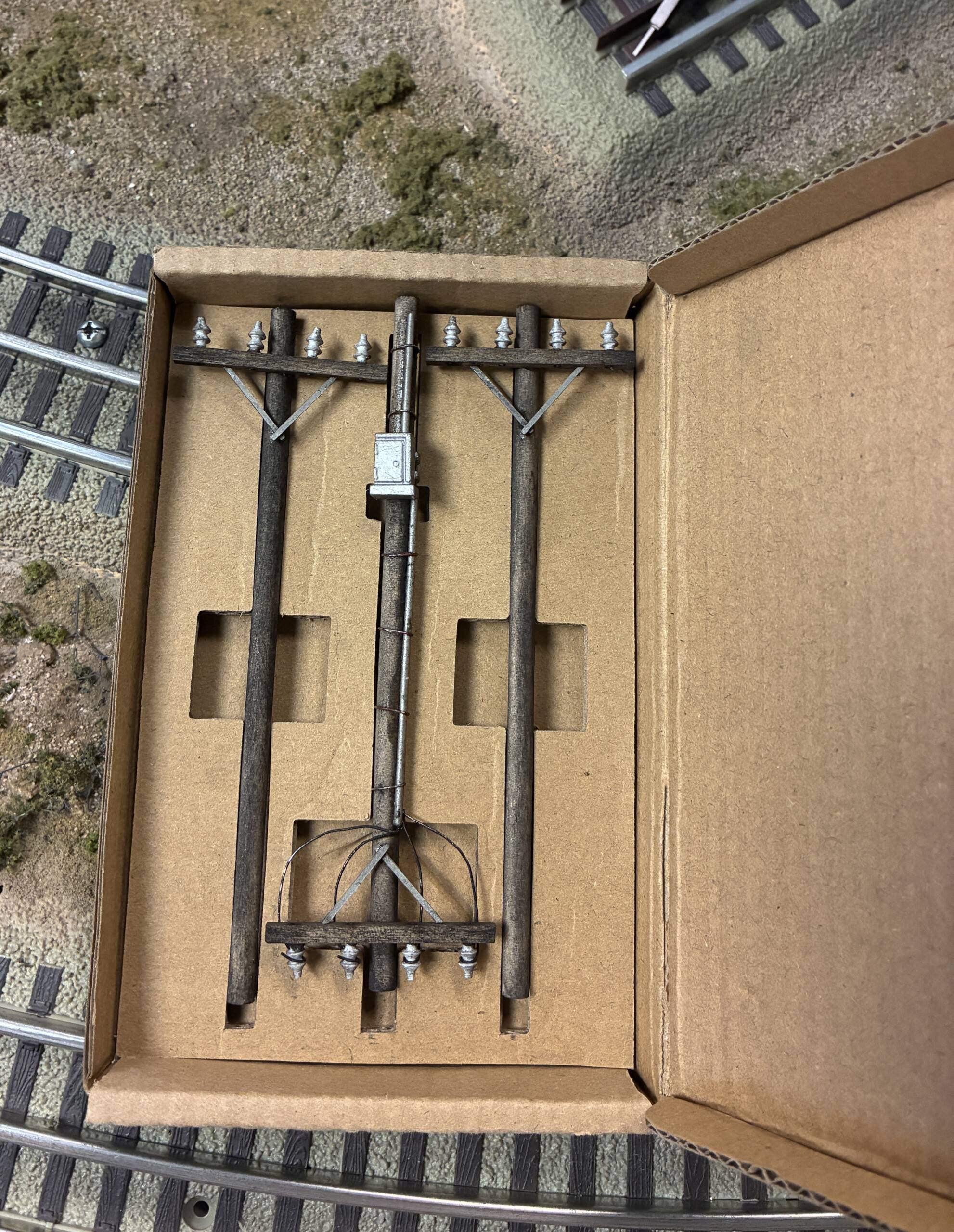
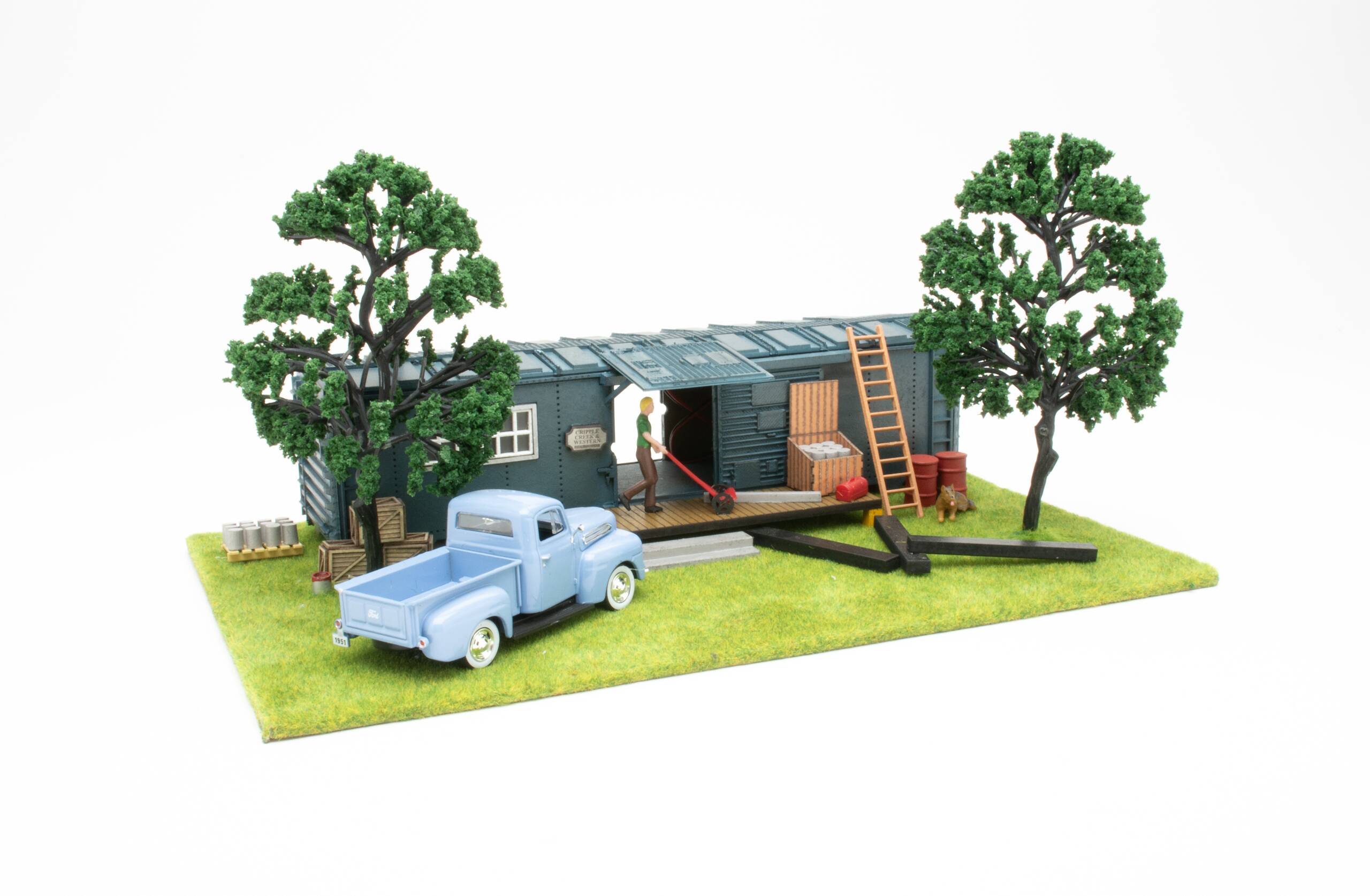
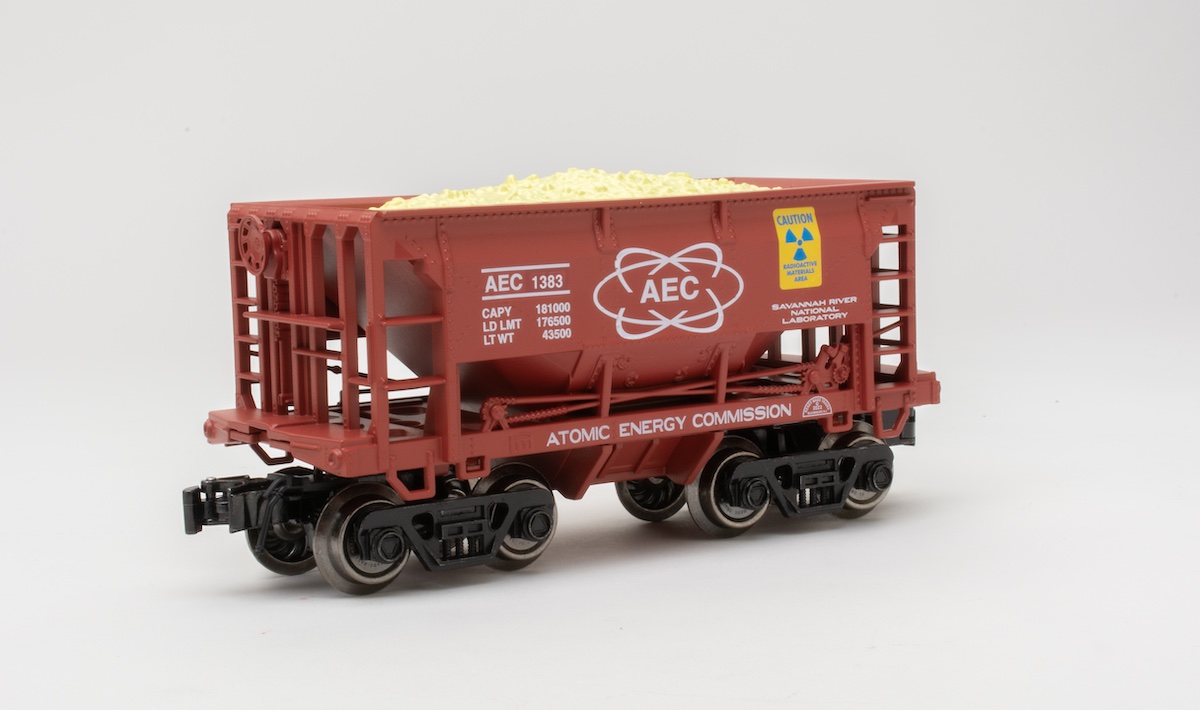




Does anyone know where I can get one of these? It would fit in my layout perfectly.
I was taken back a bit by the price tag. It seems a bit pricey for a three car set without knowing how long the track system is. There was no mention if there are optional features available for the set or if there are additional towers, cars and track available. It would be nice to be able to expand the monorail for a larger application and if possible to add more cars without purchasing an additional set. Seeing it up close at the local train store will be the tell-tale on this one.
WOW!! When did they put in a monorail in Pittsburgh (Next stop: Oakland, Forbes field)? Seriously, since it has "Pittsburgh" stops aka PCC trolley, I just might get this.
Randy, when the video goes on-line, we have it set up on our usual test bench and I note that we didn't use all of the straight sections (about four). Additional poles, bases, and track sections are available (or at least cataloged).